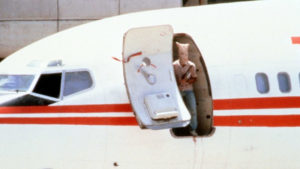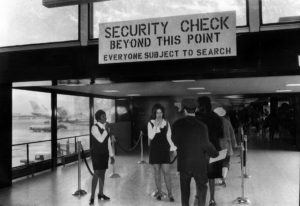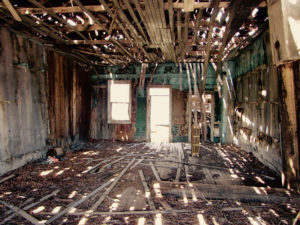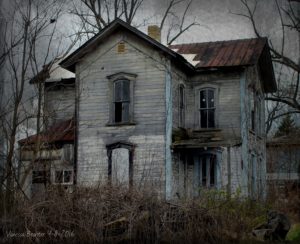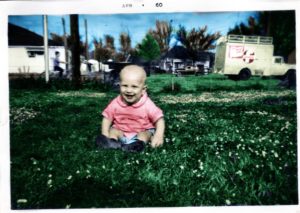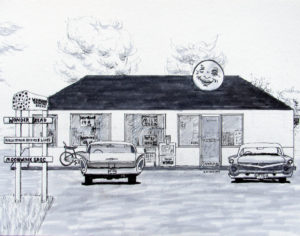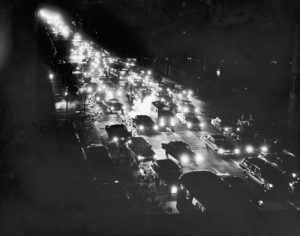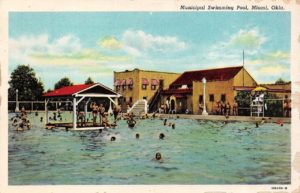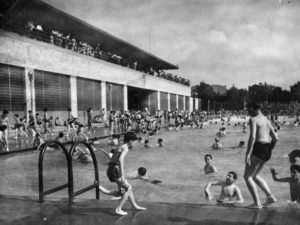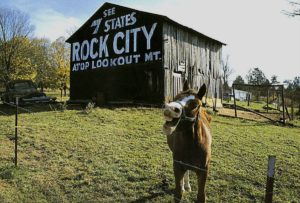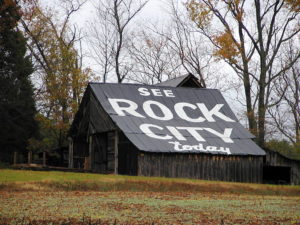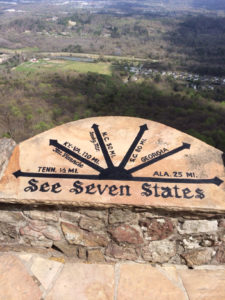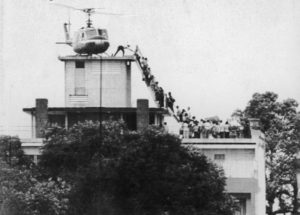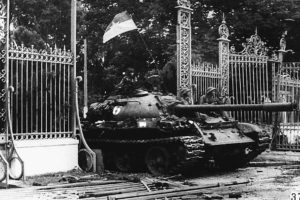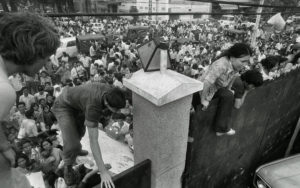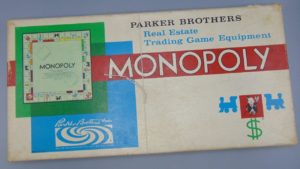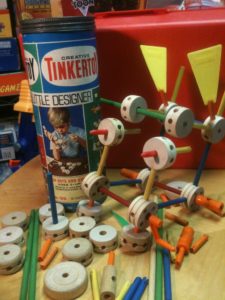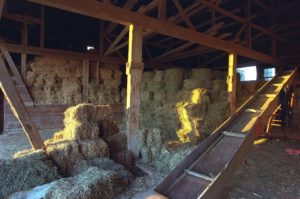Zip
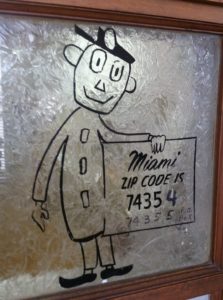
We Boomer kids look back in wonder at what the world was like when we were children and compare it to the technologies we commonly use today.
But think about what our parents went through! Typically born early in the 20th century, they grew up with horse-drawn wagons delivering ice to keep their food cold. They would pick up a phone and tell the operator who they wanted to talk to. And they would address a letter with a person’s name and a town. That was all of the information that the postal service needed to see to it that it arrived.
This worked with small towns, but deliveries to bigger cities did require a bit more information, e.g. a street.
But by 1943, the situation had gotten complicated enough that the USPS instituted zone codes for larger cities.
Thus, sending a letter to a friend in, say, Los Angeles suddenly got more complicated for our parents. But they eventually learned to add the two-digit code to the address, being rewarded for doing so by speeding up the delivery by a day or two in many cases.
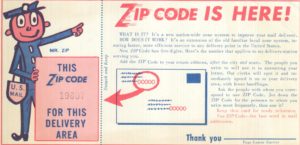
Twenty years later, mailing a letter got VERY much more complicated. That was the year that the now-familiar zip code was introduced. Imagine the pain our parents went through having to add a five-digit number to each letter!
But the brains behind the postal service knew what they were doing. In introducing zip codes, they did so by means of a cartoon character that we Boomer kids saw every time we went to the post office, and also on innumerable commercials: Mr. Zip.
Mr. Zip’s familiar personage reminded us that we needed to put a zip code on our letters to make sure they got to where they were intended.
And we dutifully passed the reminders on to our parents.
Zip codes were voluntary when first introduced in 1963. By 1967, they were made mandatory for second and third class bulk mail. But while strongly encouraged for general first class usage, they remain voluntary to this day.
However, leaving a zip code off will typically add days to delivery time.
That, plus the fact that we’ve been using them since the year that JFK was killed, means that nowadays over 95% of letters mailed include a zip code. If you want, you can go the extra mile and add the optional four digits that were introduced in 1983.
However, Mr. Zip is long gone. But he retired (in 1980) with honor, having helped get a nation to voluntarily use a coding format which has greatly enhanced our mail delivery.
Oh, one last piece of zip code trivia: In 1964, Smokey Bear was getting so much fan mail that he was assigned his own zip code: 20252.
